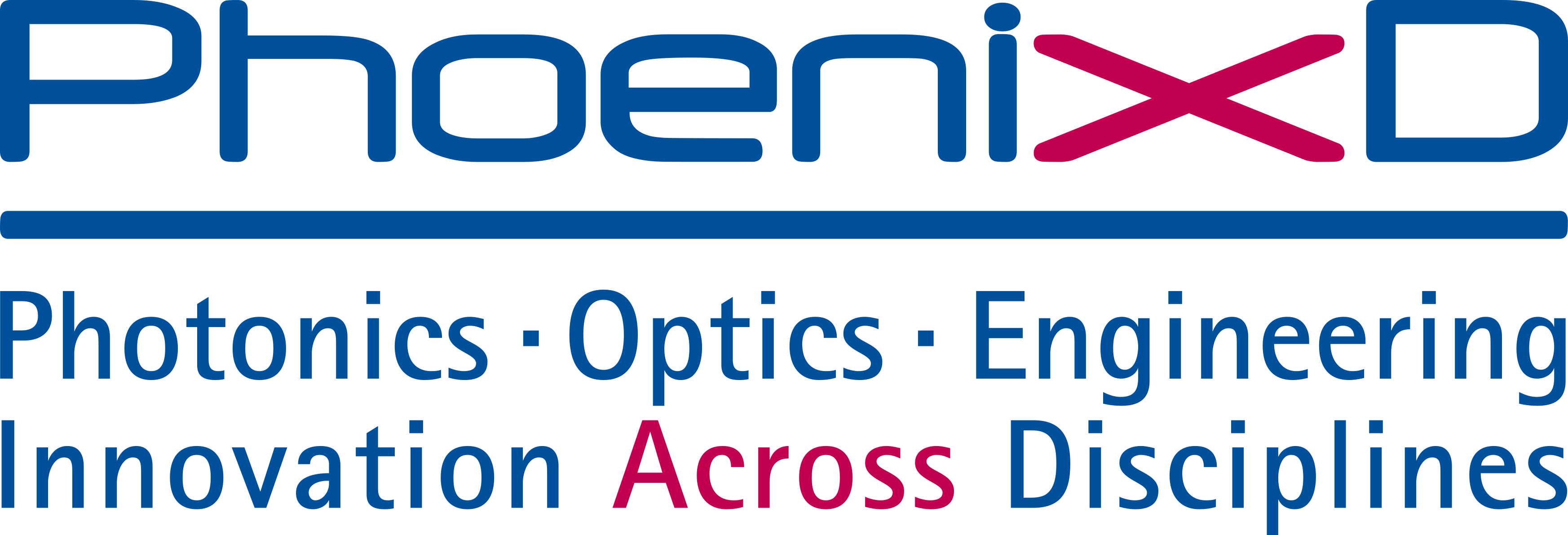Prof. Dr. Andreas Waag


38106 Braunschweig


38106 Braunschweig
Research in PhoenixD
The Waag group is one of the spear-heading groups in Gallium Nitride microphotonics. Besides research in epitaxy, materials and devices, the group is also targeting applications in quantum metrology, chip-based microscopy, photonic neuromorphic computing, novel sensing concepts, optogenetics, and many more.
GaN technology is presently developing into a second backbone of microelectronics, besides silicon CMOS technology, with great importance for future generations. GaN devices can emit blue and UV light, which is needed for e.g. high-resolution and super-compact chip microscopes. Research on controlling light at the nanoscale in all its dimensions is one of the key leading research areas of the Waag group at TU Braunschweig today. This includes material and device-oriented research on light emitters, waveguides and electro-optical modulators for photonic integration for many different applications.
The focus on microLED research has proven to be particularly exciting and of high future potential, as these small LEDs, no longer visible to the naked eye, are not only interesting for future displays for augmented reality, but also for sensing and quantum technology. MicroLED arrays have been used as point light sources in holographic microscopy (Scientific Report 2021) with the potential of developing super-compact, ubiquitously available microscopy, or directly addressable nanoLED arrays for future chip-based microscopy (Microsystems and Nanoengineering 2020). Another extremely exciting application of microLED arrays is their capability of transmitting information in a super-parallel way, similar to the highly parallel communication of neuronal networks, like in the human brain. This activity of the Waag group is just at the beginning, with a first patent applied for end of 2022, but is expected to develop into an extremely interesting field of activity in the next years [Kraneis, Waag et al, MicroLEDs for optical neuromorphic computing—application potential and present challenges, J. Phys. Photnoics 2024]. The PhoenixD Excellence Cluster is a unique environment supporting this exciting research.


